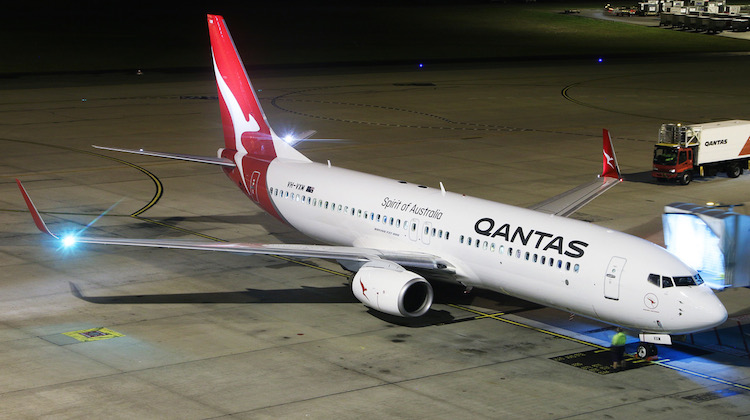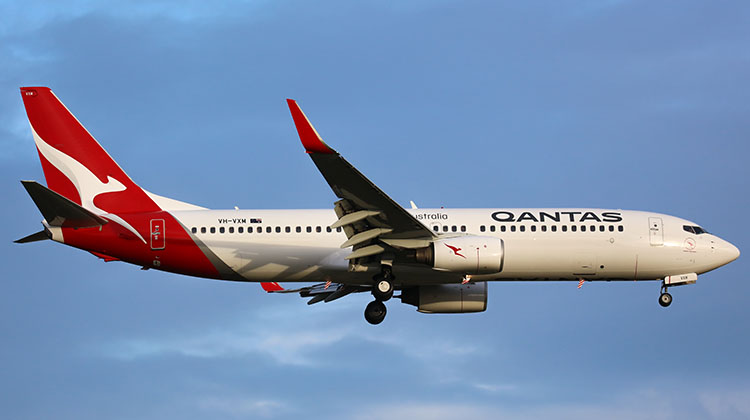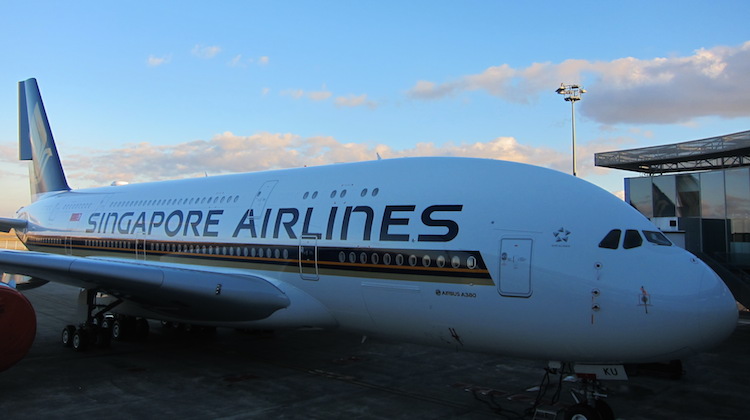
Qantas says it expects three Boeing 737-800s grounded due to cracks found in a component in a part of the aircraft that attaches the fuselage to the wing to be back flying by the end of calendar 2019.
On October 3 2019, the United States Federal Aviation Administration (FAA) issued an airworthiness directive (AD) calling on operators of 737 Next Generation aircraft (737NG) to conduct inspections of the aircraft’s “pickle fork” that are part of the wing to fuselage join.
The AD stated that in September 2019 the FAA had received reports of “cracking discovered in the left and right hand side outboard chords of the station (STA) 663.75 frame fittings and failsafe straps adjacent to the stringer S-18A straps on multiple Boeing Model 737-800 airplanes during a passenger-to-freighter conversion”.
“The affected airplanes had accumulated between 35,578 and 37,329 total flight cycles,” the AD said. A flight cycle represented one takeoff and one landing.
“Cracking in the STA 663.75 frame fitting outboard chords and failsafe straps adjacent to the stringer S-18A straps, if not addressed, could result in failure of a Principal Structural Element (PSE) to sustain limit load.
“This condition could adversely affect the structural integrity of the airplane and result in loss of control of the airplane.”
As a consequence of those reports, the AD called on operators to conduct repetitive inspections of the area in question.
For aircraft that had accumulated between 22,600 and 30,000 total flight cycles, the AD called for inspections to be conducted within the next 1,000 flight cycles. In Qantas’s case the airline said that represented about seven months’ flying.
For aircraft that had accumulated more than 30,000 total flight cycles, inspections would need to be conducted within seven days of the effective date of the AD.
Aircraft with less than 22,600 total flight cycles did not have to be inspected.
There would also be follow-up checks.

On November 1, Qantas said it had completed the inspections of 33 of its 737-800 aircraft that had more than 22,600 and less than 30,000 total flight cycles, with three aircraft found to have hairline cracks on “one bolt out of eight bolts on that pickle fork structure”, Qantas domestic chief executive Andrew David told reporters in Sydney.
Those three aircraft, which had accumulated about 27,000 total flight cycles, have been removed from service for repair and were expected to be returned to service before the end of the year.
“We are working with the Civil Aviation Safety Authority of Australia and Boeing to get those three aircraft back in the air,” David said.
“It is a complex process. We expect it to take through to the end of the calendar year to get those three aircraft flying again.
“Any inconvenience to our customers as a result of any schedule changes we have to make due to those three aircraft being on the ground we are looking to minimise.”
David said there would be some minor schedule changes as a result of having three 737-800s out of service.
Qantas head of engineering Chris Snook said the AD was “very deliberate”.
“What we saw is what we thought we would see if a crack would occur,” Snook told reporters.
“I think there is an integrity issue with the component on the basis there is an AD related to it. There is not an integrity issue with the structure. There is redundancy built into that structure.
“The load limit on that structure hasn’t been compromised by this crack.”
The airline had no 737-800s with more than 30,000 total flight cycles.
Virgin Australia has said previously it had completed checks on 19 of its 737-800s affected by the AD and found no cracks.
Overseas, there were about 50 aircraft that have been grounded after cracks were found in the “pickle fork” component, Agence France Presse reported.









